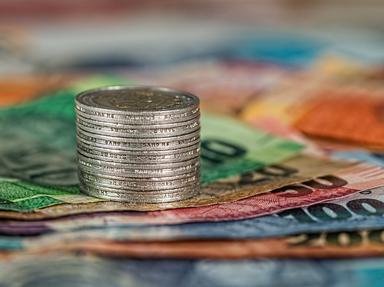Quiz Answer Key and Fun Facts
1. As with many nations, China's oldest money included the shells of what mollusc?
2. Was the so-called knife money actually intended to represent a knife?
3. What very important gardening tool is this money intended to mimic?
4. Who was the emperor who built the Great Wall, first unified China, and issued China's first unified coinage?
5. What highly-appropriate type of Chinese coin was issued for over 2000 years, all the way through the early 20th Century?
6. Many countries issued money with center holes, but in Chinese coins, that hole is square. The British Museum suggests that what was the reason for this?
7. Old Chinese coins were hammered by hand the way Roman and Byzantine coins were.
8. Widely considered to be the world's first paper money, the jiaozi was first issued during which dynasty?
9. Not to be confused with a fruit, what were the privately-issued ingot currencies made by the Chinese called?
10. This silver tangka originated in which controversial region of China?
Source: Author
nautilator
This quiz was reviewed by FunTrivia editor
Bruyere before going online.
Any errors found in FunTrivia content are routinely corrected through our feedback system.
